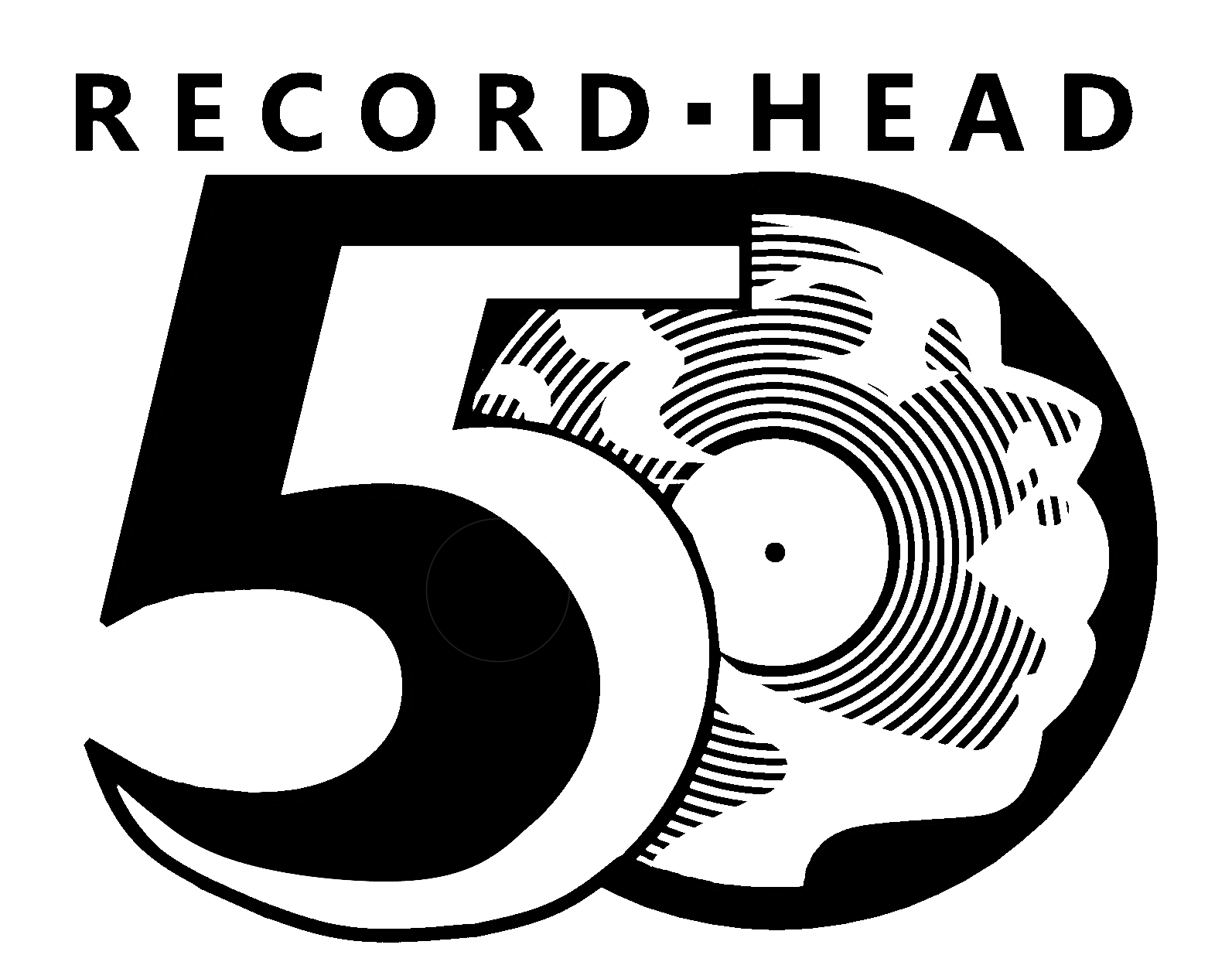
When your old computer starts shutting down randomly or running slower than cold molasses, it may be time for an upgrade. Selling your laptop or computer can even help you get some cash to use towards your new system.
But not so fast.
There are two main risks when it comes to getting rid of your desktop or laptop. Before you hand over your system, make sure you take steps to protect your data as well as take precautions to avoid environmental damage.
Protect the Environment When Selling Your Old Computer
The first big risk to consider before selling a laptop is environmental. Computers contain plastics, chromium, lead, mercury and other components that can contaminate soil and groundwater. You don’t want your system ending up in a landfill where it can pollute the environment for years to come.
The lithium-ion batteries found in laptops can also cause fires in landfills and garbage trucks because the contents of these batteries are flammable and highly unstable. A much better option is to sell or recycle your laptop, but you still have one concern before you do.
How to Protect Data When Selling Your Used Computer
The second concern when you decide to sell your old desktop or laptop is your personal data. Your computer system has enough personal data to put you at risk of identity theft. You’ve probably accessed your bank account from your computer, used passwords, shared credit card information and entered a whole host of personal data. Unfortunately, some criminals purchase used computers specifically to scrape them for identifying information they can use or sell.
It’s important to clear all computer data before selling your system. It’s not enough just to clean your cache and delete your files, however. Even a standard wipe of your hard drive may not be enough. Forensic software is getting better all the time and can recover data even on a computer that has been cleared.
To avoid having your personal information fall into the wrong hands, you will want to:
- Deactivate your software: Installed software may be linked to your computer account or another, third-party account. Deactivate all your software and uninstall it, making sure to transfer it to your new system.
- Clear your data: Back up all your data first and wipe your hard drive entirely, reinstalling the operating system with factory settings. It’s a good idea to wipe your software more than once, using software that replaces everything with “zeroed out” data and leaves no trace.
- Change your passwords: Even if you have carefully wiped everything, change all your passwords using a new system, just as an added layer of protection.
- Take out any peripherals: Keep in mind that your printer, keyboard and mouse may also store data. Be sure you remove any peripherals such as optical discs, thumb drives and USB dongles, too.
- Consider taking out the hard drive: If you’re really concerned, take out your hard drive and physically destroy it by breaking it. Keep in mind that this may make your computer unsellable.








